The Halibut is a large, flat-bodied fish in the flounder family. Like all flounder, it has both eyes on the top side of its flattened body.
Researchers recognize two primary species of Halibut, the Pacific and the Atlantic. These fish share the taxonomic order Pleuronectiformes with the various other flounder species. Read on to learn about the Halibut.
Description of the Halibut
These fish have elongated, flattened bodies that help them blend in with the sea floor. Unlike most fish, which have one eye on either side of their heads, these creatures have both eyes on their top half, like all flounder species.
The Atlantic species is the largest of all the flounders and other flatfish, with the Pacific species coming in at a close second. Though average individuals do not reach quite immense sizes, these fish can grow over eight feet long.
Interesting Facts About the Halibut
These fish have a number of interesting traits and adaptations. Learn more about what makes them unique, below.
- M(eye)gration – Like all flounder, these fish do not start life with both eyes on one side of their heads. When they hatch, they have one eye on either side – like most fish. As they age, one eye migrates to the other side.
- Larval Lifestyle – Newly hatched larva not only have “normal” eyes, but they also live more like typical fish. They have a pelagic lifestyle and swim in open water. Once they reach their juvenile stage, they begin their demersal life, living on the sea floor.
- Overfishing – People target these fish for both sport and commercial fishing. They eat their meat, and sport fishermen target the largest fish for their strength and powerful swimming during capture.
- Slow-Growing – Unfortunately, because people heavily fished these creatures, their numbers suffered. Because these fish live long lives, they are also slow to reach maturity and replenish their populations.
Habitat of the Halibut
This fish utilizes demersal habitats, or habitats along the seafloor. It lives primarily along the continental shelf, which is the region slightly offshore, but before the deep sea. During some seasons, they utilize shallower waters, and during others they swim into deeper regions. Its preferred habitat ranges in temperature between approximately 37 and 47 degrees Fahrenheit.
Distribution of the Halibut
The two primary species live in the Atlantic and Pacific Oceans. The Pacific species lives near the coastline along the northern Pacific Ocean, from the western coasts of North America up to Alaska, and across to eastern Russia and Asia. The Atlantic species ranges along both the eastern and western coasts of the Atlantic Ocean.
Diet of the Halibut
These fish have carnivorous feeding habits, which means that they prey on other animals. Because they reach such large sizes, adults primarily feed on other fish species. Some common prey include capelin, cod, herring, haddock, and more. They also prey on squid, crustaceans, and virtually anything that they can swallow.
Halibut and Human Interaction
Humans interact with these fish quite frequently. People hunt this fish quite heavily in the commercial fishing industry as well as the sportfishing industry. They have high-quality meat that many people like to eat.
Unfortunately, pressure from overfishing has impacted both species. The IUCN lists the Atlantic species as Endangered and has not assessed the Pacific species.
Domestication
Humans have not domesticated this fish in any way.
Does the Halibut Make a Good Pet
Some species in this group can make good pets. However, these species grow much too large to house in a home aquarium.
Halibut Care
Public aquariums do not frequently keep these fish in their tanks. The large species lives in relatively deep and cool waters. Thus, those aquariums that do keep the fish must provide adequate temperatures and salinity to match their natural habitat. They eat a diet of fish.
Behavior of the Halibut
This fish hunts for prey using ambush. It lies still, blending in with the bottom, and waits for prey to stray too close. They migrate seasonally to congregate in larger numbers to spawn. The fish move from shallow waters to deeper regions during the winter months to reproduce.
Reproduction of the Halibut
This fish breeds via spawning, where the female releases her eggs into the water and the male fertilizes them outside of the body. A single female can produce several million eggs in a season. It takes about two weeks for the eggs to hatch.
The larval young receive no parental care, and simply float in the water for some time. As they reach their juvenile phase, their eyes migrate to the right sides of their bodies and they begin life on the bottom. It takes at least eight years for females to reach sexual maturity.

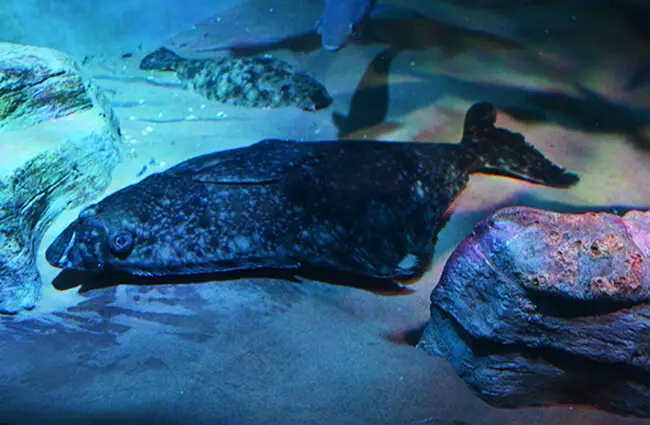
![The down-facing side of a Pacific Halibut's head. Notice there are no eyes on this side. down-facing side of a Pacific Halibut's head Photo by: U.S. National Oceanic and Atmospheric Administration [public domain]](https://animals.net/wp-content/uploads/2020/03/Halibut-6-650x425.jpg)
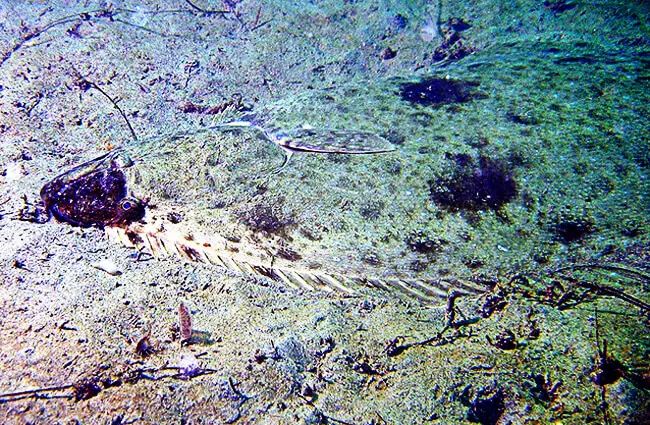

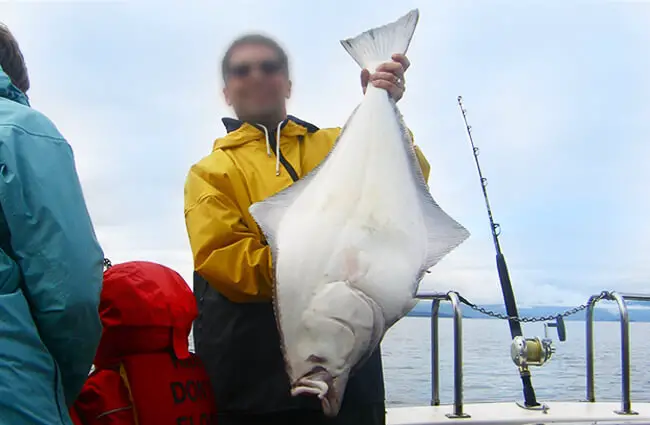
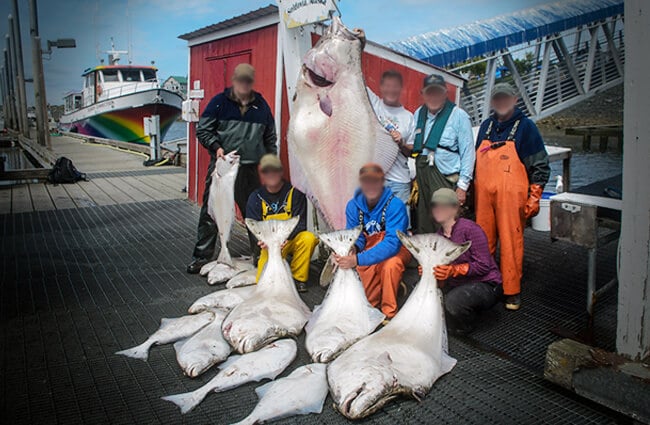
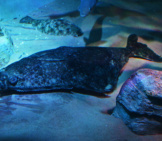
![The down-facing side of a Pacific Halibut's head. Notice there are no eyes on this side. Down-Facing Side Of A Pacific Halibut'S Head Photo By: U.s. National Oceanic And Atmospheric Administration [Public Domain]](https://animals.net/wp-content/uploads/2020/03/Halibut-6-162x141.jpg)
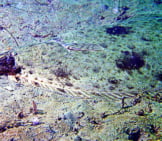

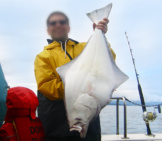

![Red Angus Closeup of a beautiful Red Angus cowPhoto by: U.S. Department of Agriculture [pubic domain]https://creativecommons.org/licenses/by/2.0/](https://animals.net/wp-content/uploads/2020/03/Red-Angus-4-238x178.jpg)












![Red Angus Closeup of a beautiful Red Angus cowPhoto by: U.S. Department of Agriculture [pubic domain]https://creativecommons.org/licenses/by/2.0/](https://animals.net/wp-content/uploads/2020/03/Red-Angus-4-100x75.jpg)

